Why is OOMOL Studio at the forefront of automated workflow development?


Introduction
In today's rapidly evolving digital era, automated workflows have become a key tool for boosting productivity. From simple task connections to complex business process automation, a variety of tools have emerged to meet users' growing automation needs. However, as business complexity and customization requirements increase, traditional workflow tools are beginning to show their limitations.
Against this backdrop, OOMOL Studio was born. It not only inherits the advantages of existing tools but also achieves revolutionary breakthroughs in key technologies. By supporting a complete coding environment, local execution, image export, and a refined developer experience, OOMOL Studio is gradually approaching the ultimate form of automated workflow tools.
This article will delve into the development of automated workflows, the capability boundaries of current tools, and how OOMOL Studio is becoming the most powerful automated workflow solution through technological innovation.
A Flourishing Tool Ecosystem
There are many automated workflow tools on the market today, such as Zapier, n8n, Dify, etc. Each tool has a rich community and a large user base.
Zapier connects with over 7000 applications, n8n has more than 2000 templates, Dify has established itself in the AI field, and new workflow tools are constantly emerging. Overall, they all strive to reduce workload and improve efficiency for customers.
Automated workflows are like assembly lines in factories, turning every step in production into reusable units, linking them together, and running them automatically. This achieves clarity, control, and efficiency, ultimately improving productivity and saving time.
The Evolution of Automated Workflows
Zapier connects various applications on the market as units, including various AI Agents. For most users, the number of connections Zapier offers is sufficient to meet most simple needs, such as reading emails and replying via AI, or reading a spreadsheet and having AI analyze its performance. Many customers' needs stop here, so Zapier is enough.
This is a linear execution process, completing work step by step. In reality, workflows may not be so ideal; the steps are not always strictly sequential, and their relationships are more like a network, where some Nodes may be skipped as needed.
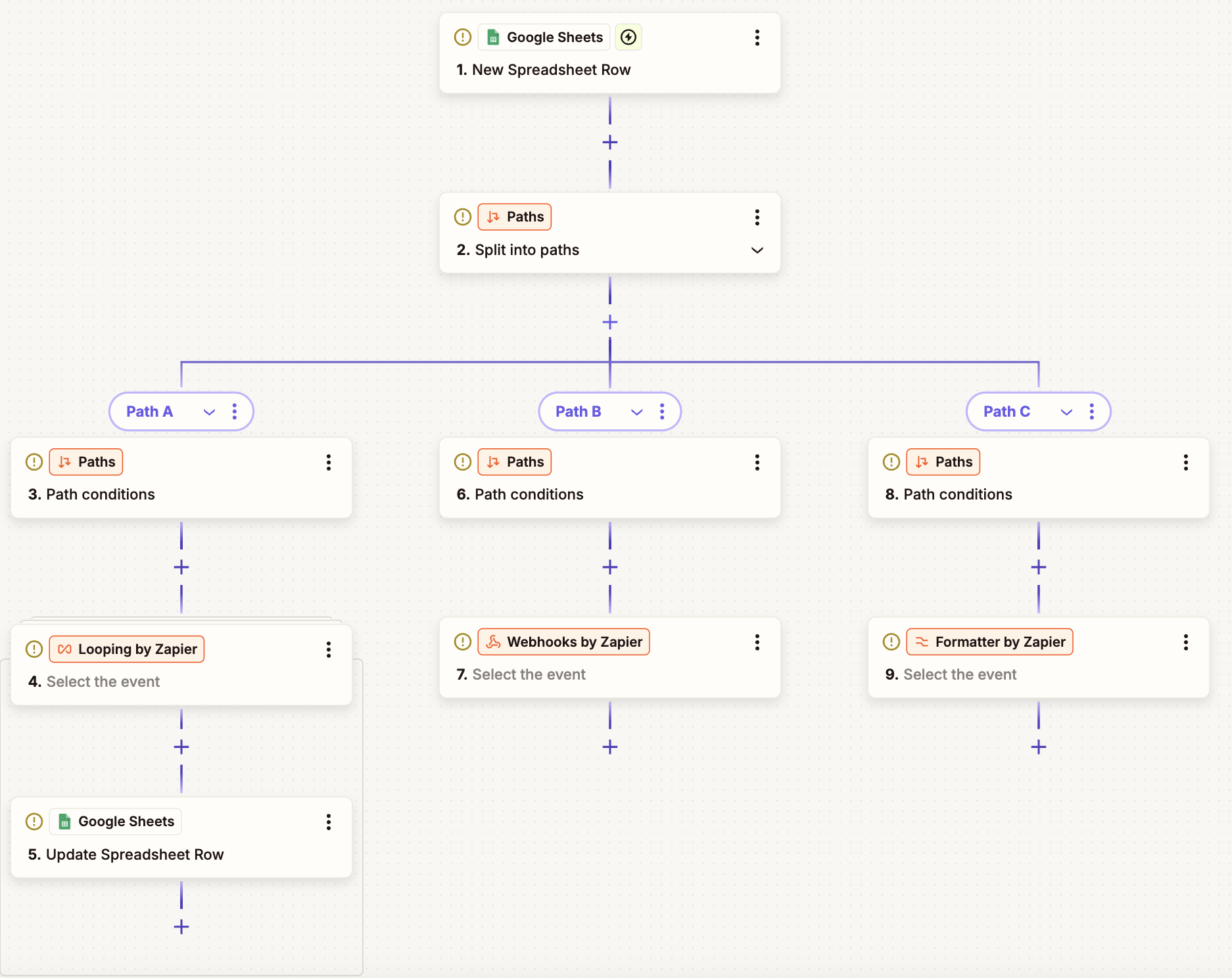

Linear workflow orchestration
However, business is constantly evolving, and real-world requirements always change. When your target customers change, or a provider in your workflow faces closure, you have to adjust your workflow: either find a replacement provider or implement the functionality yourself.
After automating simple needs, most customers will try to automate more complex and variable tasks. No one wants to be stuck with repetitive work. At this point, workflow platforms limited to fixed applications run into trouble. They can only let developers add new features and release them to users, which usually takes time. Therefore, Zapier provides features like Code and Path, hoping users can solve some special problems themselves.
That's why tools like n8n claim to be more flexible—they support a better code editing experience, and their workflow orchestration is more complex, able to handle more variable problems. In n8n, workflows can be orchestrated freely, with more logic control Nodes such as if and switch. These built-in tools make workflows more flexible and applicable to a wider range of scenarios.
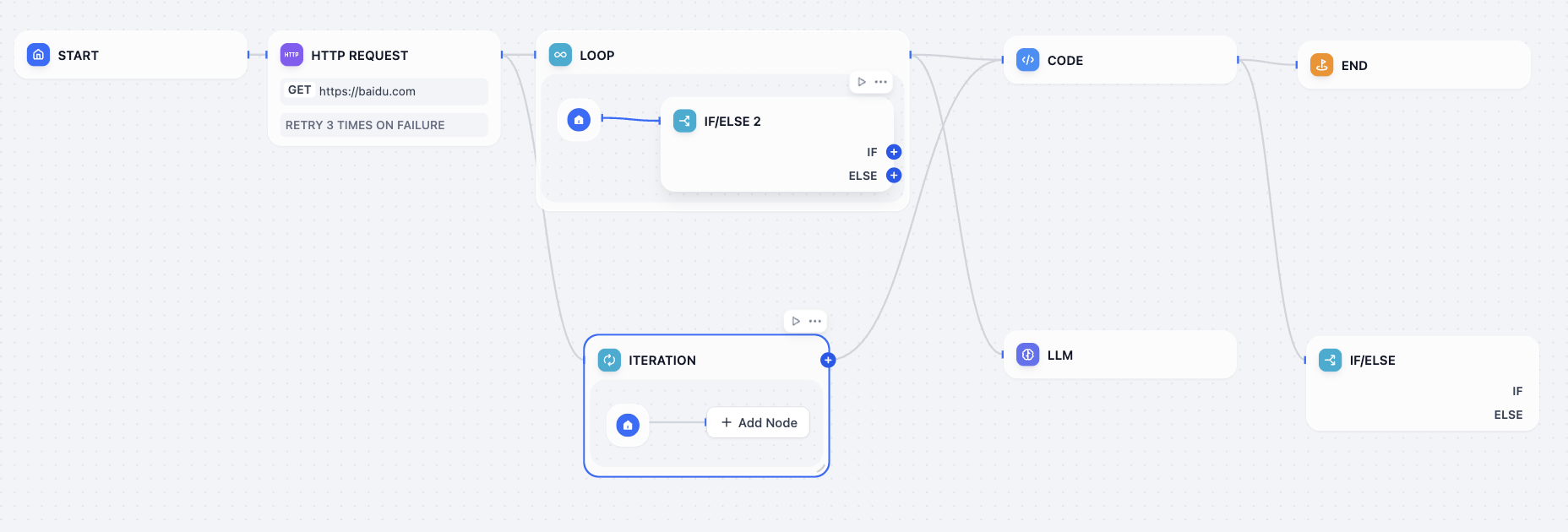

Networked workflow orchestration
This is the limit of what most workflow tools on the market can do today. They have implemented most programming concepts, making process control very free, and support code so users can meet some small-scale customization needs. Although code cannot rely on third-party Packages, since it runs in the cloud, most people accept this limitation.
OOMOL's Technological Breakthroughs and New Possibilities
On this basis, most users have completed more complex business. But are there users with even higher-level needs? The answer is yes. Data analysts and scientists invest a lot of effort through Python code, using modules like pandas or numpy to achieve their goals, so most workflows on the market cannot meet their needs.
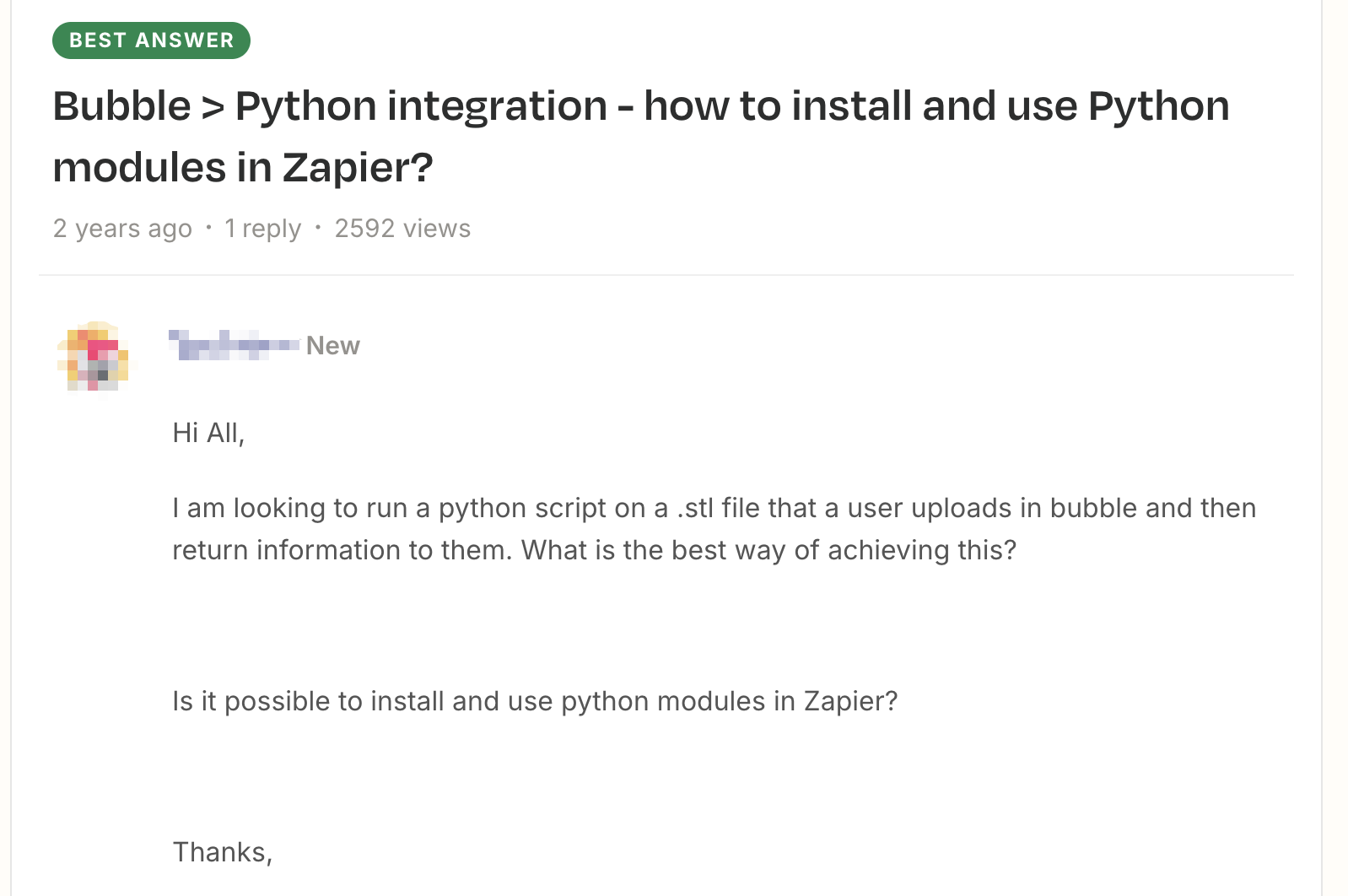

Zapier community discussion about importing code libraries
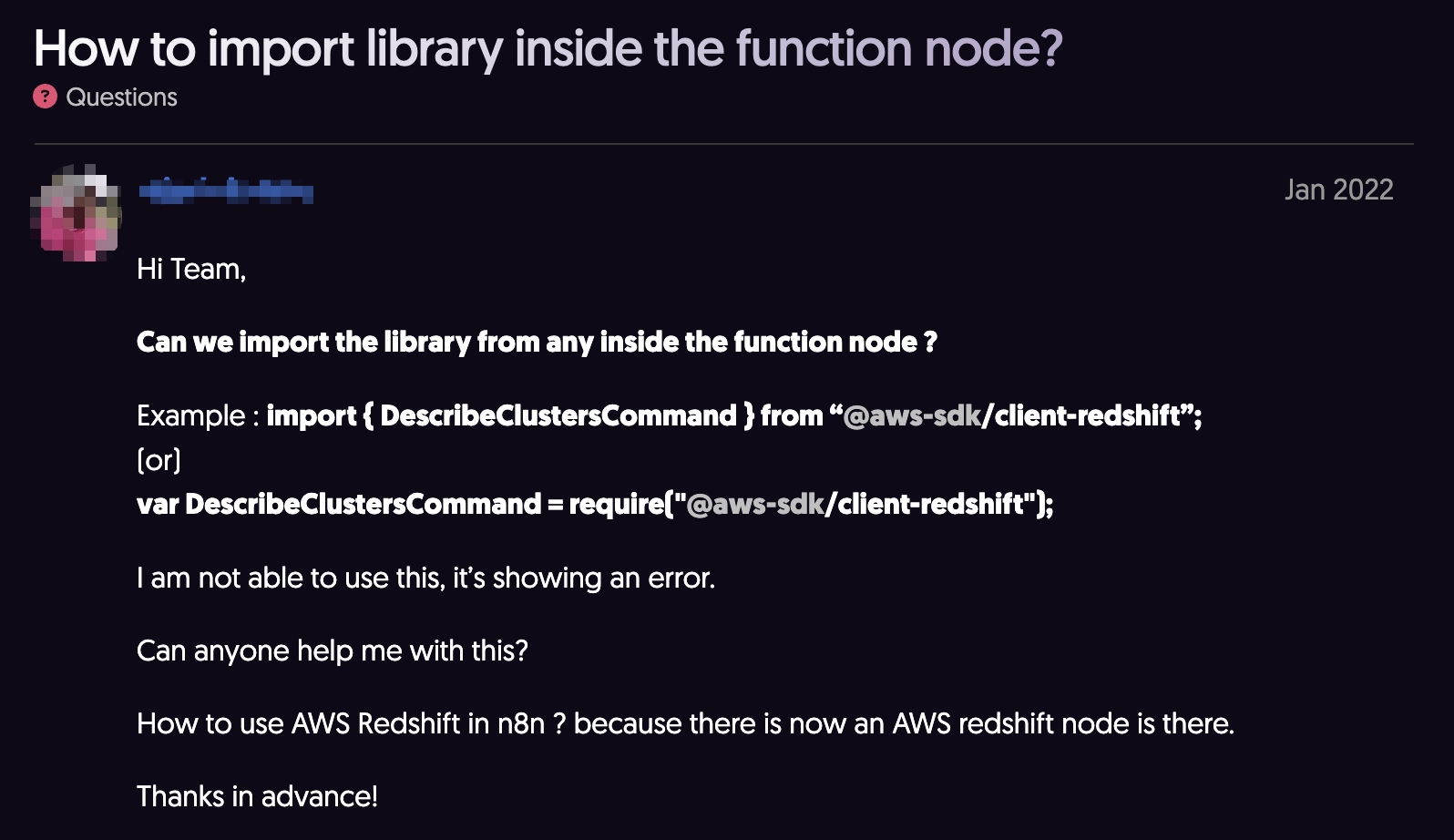

n8n community discussion about importing code libraries
We can see that, to handle various business scenarios, workflow tools are becoming more and more like programming. After all, programs are Turing complete, which means the closer you get to programming, the more you can do. That's why workflow tools now all introduce code modules.
So why don't they directly support full programming? The reason is that these tools run in the cloud, and supporting code compilation and dependency management in the cloud is very difficult. The more users there are, the more isolated environments are needed, making it impossible to achieve from a cost perspective.
What about local application support? n8n is working on this, but supporting different languages on multiple platforms is still a huge challenge. Objectively, most needs are simple, and automating these needs and charging based on the time saved is already profitable. Investing further in programming support may not be cost-effective.
So why does OOMOL Studio still take on this difficult and uncertain task?
Current workflow tools are full of tasks like converting one file format to another, or generating a message based on search content and posting it to social media. You know these are not the complete business customers want. After converting a file, they need to share or analyze it; posting to social media is to attract users or gain data or revenue, but the remaining steps are too complex for current workflow tools to handle with simple if/else logic.
So it's not that users don't want to automate their business—it's that it's not possible yet.
Therefore, OOMOL Studio supports code so users can truly automate all their business. The Python and Node.js communities have a wealth of open-source solutions for various problems. We hope users can use these existing tools to solve problems, or build automated Flows themselves as needed. We believe that truly high-value work is relatively complex, and the profit customers can earn should depend on the difficulty of the problem and the time saved.
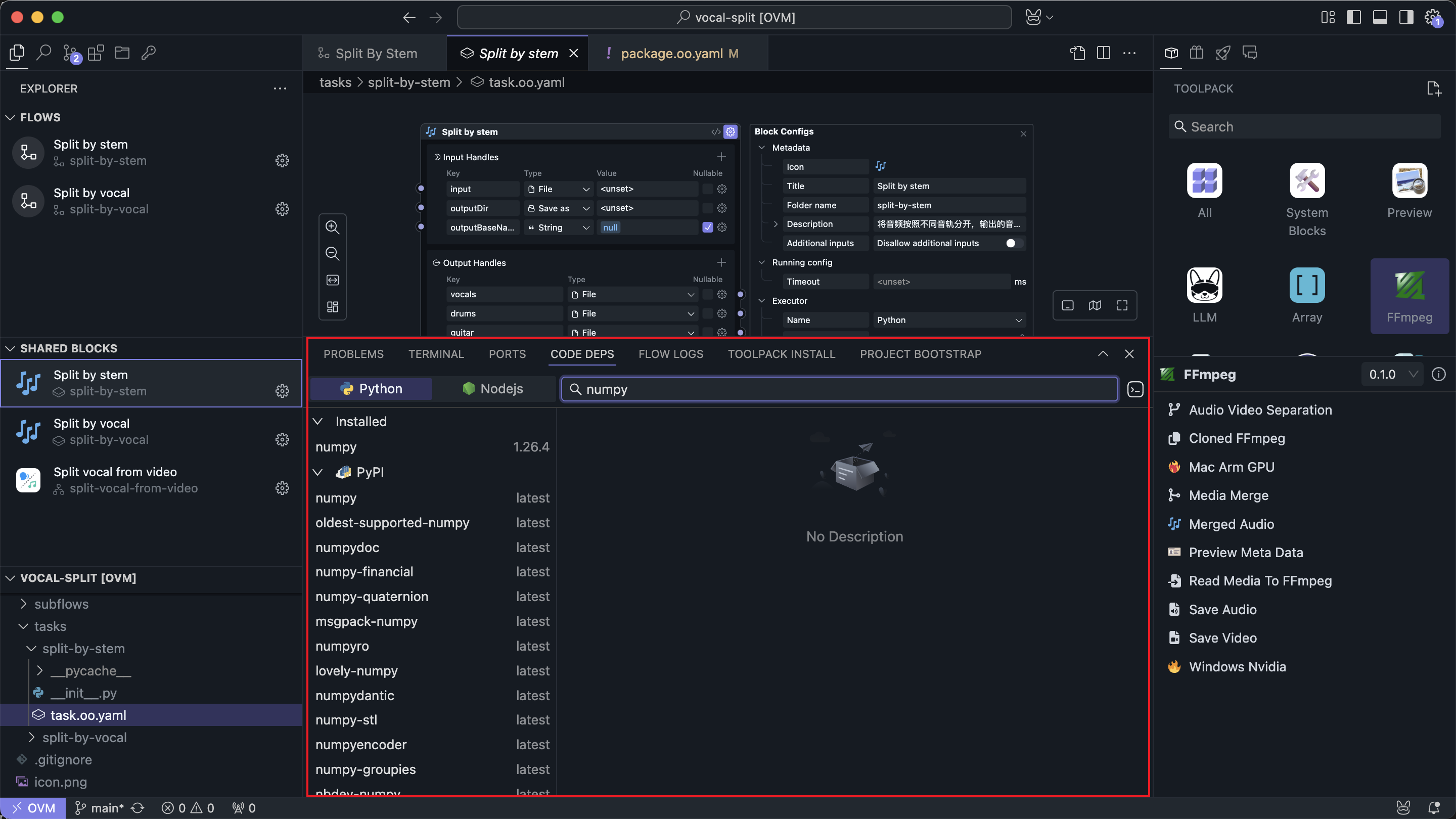

OOMOL Studio's convenient dependency installation
At the same time, local execution can utilize users' own computing resources. Not all workflows require powerful hardware; some businesses are complex but can be handled by ordinary computers. Local execution can save users unnecessary costs.
Difference from Pure Code Implementation
Since code is Turing complete, why not just write code instead of using OOMOL Studio?
In terms of flexibility, code is undoubtedly the highest. But the business users want to achieve is always time-sensitive. If you implement it by writing code, you need to install a development environment, choose a language and framework, build the application, and then publish and install it—the whole process is an engineering project. For individual users, this is a huge workload, and if requirements change, the process may have to be repeated.
OOMOL Studio has a built-in coding environment. After the workflow is completed, you only need to fill in basic information to publish and share it directly, greatly shortening the time from development to delivery. Users can also adjust any Node at any time, retaining the advantages of workflow tools. This helps users quickly iterate and deliver.
Conclusion
Let's return to the ultimate goal of automated workflow tools: to have computers automatically run most quantifiable work, evaluate the results, and output them to users, thereby saving a lot of time and improving human productivity.
We don't believe that articles on social media like "I made tens of thousands of dollars with this AI video workflow" are really trying to improve everyone's productivity. Their goal is just your consulting fee, or simply advertising. They only automate the simplest part of a real problem and share it repeatedly. In fact, they do improve productivity to some extent, but the truly difficult part is the customized process that requires manual user involvement.
OOMOL Studio chooses to explore this difficult path. Maybe we are not the ultimate solution, but at least we have made some efforts—giving users who want to truly solve complex problems and automate them the opportunity to achieve their goals.
